Used in assembly lines, production houses and a wide variety of other industrial and commercial applications, hydraulic scissor lifts are the workhorses of many operations involved modern materials handling. A field proven technology, the Beacon scissor lift table designs can hold capacities in a range between 400 to 100,000 pounds when the weight is evenly distributed within the parameters of its top deck.
The MH29.1-2008 Standard as published by ANSI, is the approved American national standard for scissor lift tables. The Beacon BEHLTD series, as one example of lifts, are constructed of high quality steel and capable of meeting all load ratings in a variety of situations. The units use a powered motor for the vertical deck motion, while gravity acts on the weight for the downward motion, also known as power up and gravity down. Electric or pneumatic powered hydraulics options are available in either internal or external power units.
Finding the Right Lift Table
Businesses have to take into account a number of other considerations besides load weight when looking for the correct scissor lift for their application. One of the identifying elements in specifying a scissor lift duty cycle. You, as the buyer, can determine if you need lifts for standard or heavy duty cycles by approximating the number of shifts the equipment will perform in a day. Beacon can assist with this process to ensure a proper fit is found. Once selected, placement of the equipment is essential in maintaining effective and safe use of the scissor lift table.
Whether installed in a pit well or surface mount, the floor must include the proper concrete to rebar ratio. Please consult with your civil engineer for concrete load ratings with relationship to the scissor lift foot print to ensure proper support. Beacon’s Limited Warranties including structural, hydraulic and electrical, remain in effect as long as the geometric ratio weight is not cantilevered beyond the unit’s perimeter edge.
Identifying how to properly apply the load to a hydraulic lift table is vital to managing workplace risks and promoting operator safety. For example, when specifying the scissor lift table, applying a load while in the lowered position and then raising vertically is the optimum choice. The next option is applying the load centered in the raised position and then lowering. The final choice is applying a dynamic end of side load in the raised position and then lowering.
Beacon offers a number of safety features on its scissor lifts to help mitigate worker injury. When installed in a pit, lifts are fitted with tapered or electric toe guards to assist in reducing the chance of feet being guillotined when lowering the table. Standard on all units are velocity fuses to prevent the table from falling due to a loss of hydraulic pressure, while larger lift tables in extreme applications have additional counterbalance valve options to safely lower the table in the event of operating failure. Mechanical maintenance props lock the table in place for those working underneath the unit. While there are many safety systems integrated with scissor lifts equipment, it is better to remind workers to never assume anything when working with heavy machinery and to always put safety first.
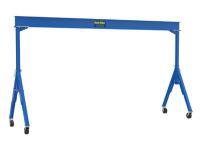 Browse 10 Products
Browse 10 Products Browse 20 Products
Browse 20 Products Browse 19 Products
Browse 19 Products Browse 17 Products
Browse 17 Products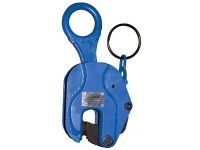 Browse 10 Products
Browse 10 Products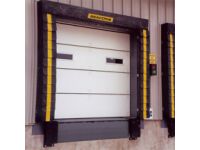 Browse 12 Products
Browse 12 Products Browse 6 Products
Browse 6 Products Browse 5 Products
Browse 5 Products Browse 3 Products
Browse 3 Products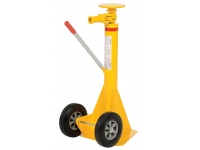 Browse 5 Products
Browse 5 Products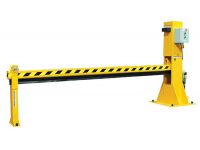 Browse 9 Products
Browse 9 Products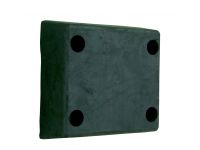 Browse 8 Products
Browse 8 Products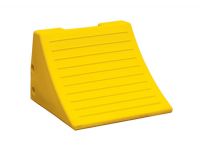 Browse 23 Products
Browse 23 Products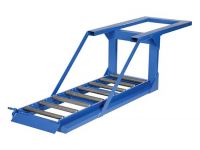
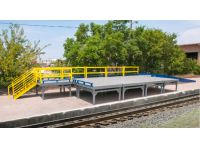 Browse 2 Products
Browse 2 Products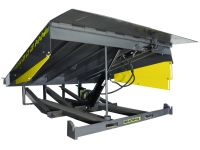 Browse 5 Products
Browse 5 Products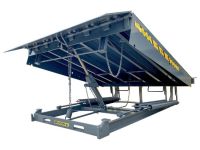 Browse 3 Products
Browse 3 Products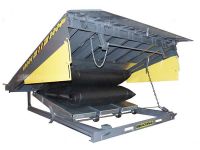 Browse 2 Products
Browse 2 Products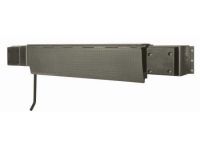 Browse 7 Products
Browse 7 Products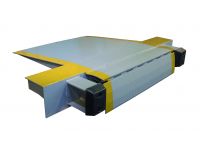
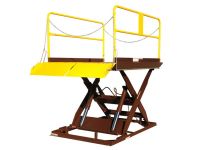 Browse 6 Products
Browse 6 Products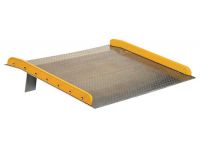 Browse 8 Products
Browse 8 Products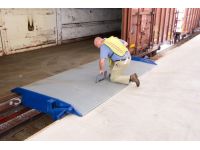
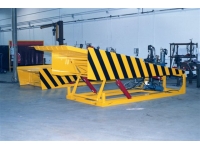 Browse 3 Products
Browse 3 Products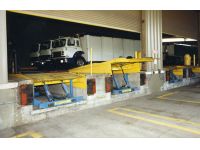
 Browse 14 Products
Browse 14 Products Browse 11 Products
Browse 11 Products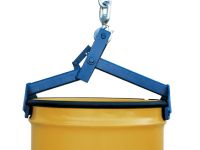 Browse 13 Products
Browse 13 Products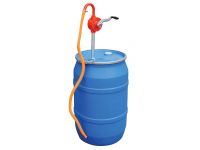 Browse 8 Products
Browse 8 Products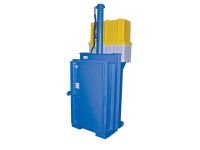 Browse 5 Products
Browse 5 Products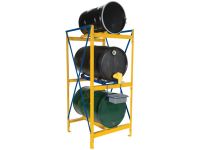 Browse 13 Products
Browse 13 Products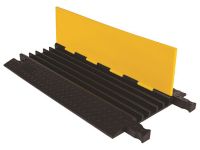 Browse 35 Products
Browse 35 Products Browse 4 Products
Browse 4 Products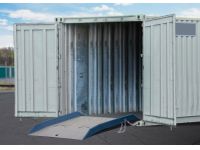 Browse 13 Products
Browse 13 Products
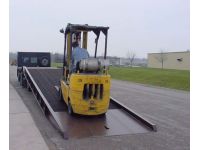 Browse 13 Products
Browse 13 Products Browse 21 Products
Browse 21 Products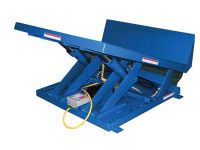 Browse 12 Products
Browse 12 Products Browse 14 Products
Browse 14 Products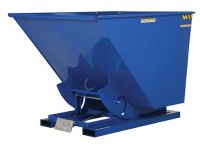 Browse 20 Products
Browse 20 Products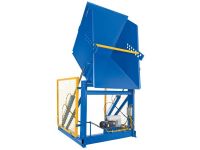
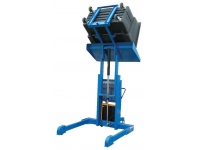 Browse 6 Products
Browse 6 Products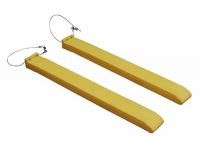 Browse 12 Products
Browse 12 Products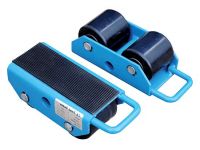 Browse 2 Products
Browse 2 Products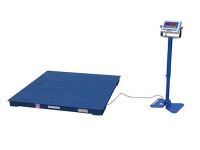 Browse 17 Products
Browse 17 Products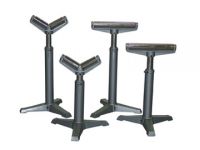 Browse 3 Products
Browse 3 Products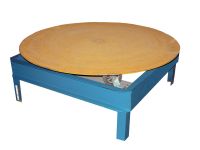 Browse 12 Products
Browse 12 Products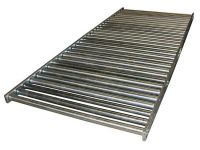 Browse 7 Products
Browse 7 Products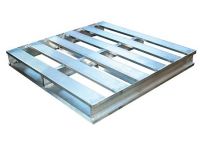 Browse 14 Products
Browse 14 Products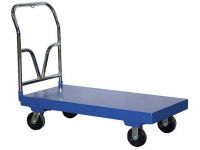 Browse 39 Products
Browse 39 Products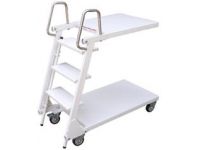 Browse 4 Products
Browse 4 Products Browse 14 Products
Browse 14 Products Browse 20 Products
Browse 20 Products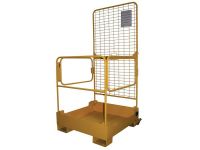 Browse 4 Products
Browse 4 Products Browse 17 Products
Browse 17 Products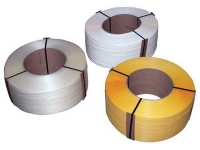 Browse 4 Products
Browse 4 Products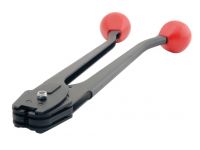 Browse 11 Products
Browse 11 Products Browse 27 Products
Browse 27 Products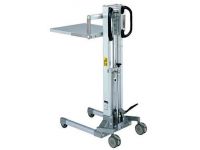 Browse 20 Products
Browse 20 Products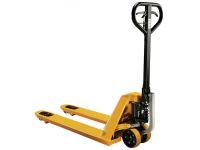 Browse 29 Products
Browse 29 Products Browse 8 Products
Browse 8 Products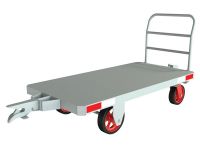 Browse 2 Products
Browse 2 Products Browse 4 Products
Browse 4 Products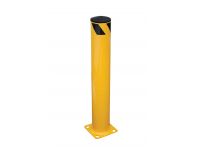 Browse 28 Products
Browse 28 Products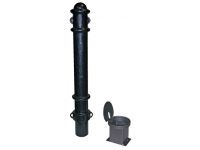 Browse 8 Products
Browse 8 Products Browse 21 Products
Browse 21 Products Browse 11 Products
Browse 11 Products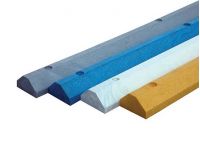 Browse 9 Products
Browse 9 Products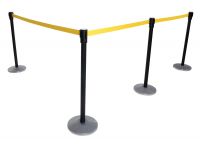 Browse 13 Products
Browse 13 Products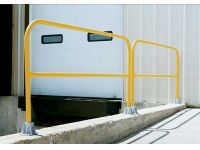 Browse 4 Products
Browse 4 Products Browse 4 Products
Browse 4 Products Browse 16 Products
Browse 16 Products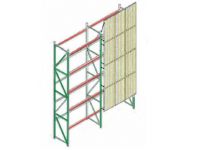 Browse 15 Products
Browse 15 Products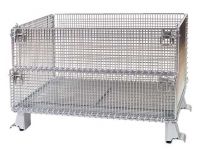 Browse 10 Products
Browse 10 Products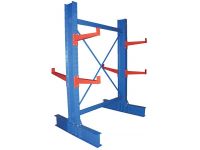 Browse 26 Products
Browse 26 Products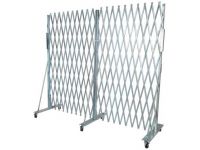 Browse 3 Products
Browse 3 Products